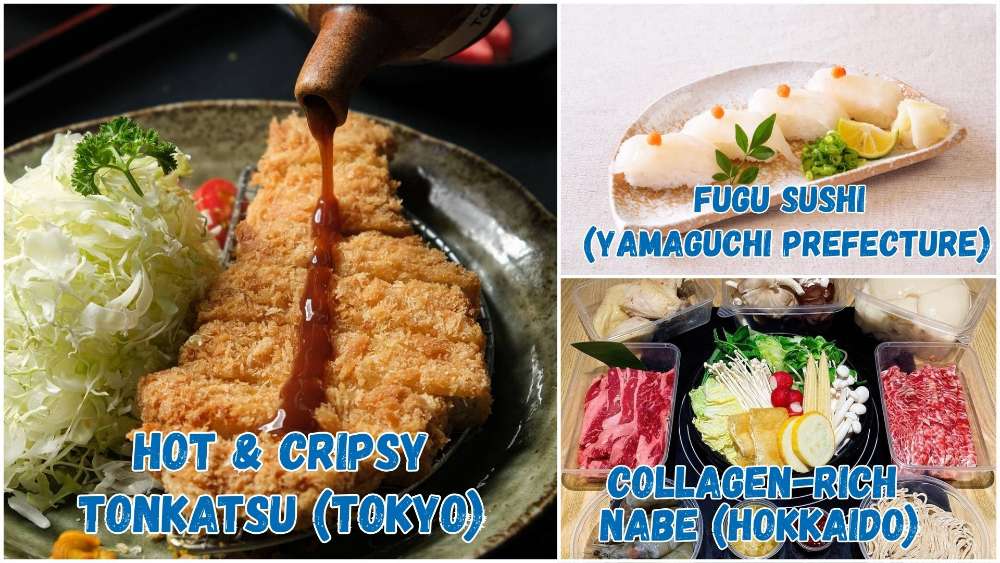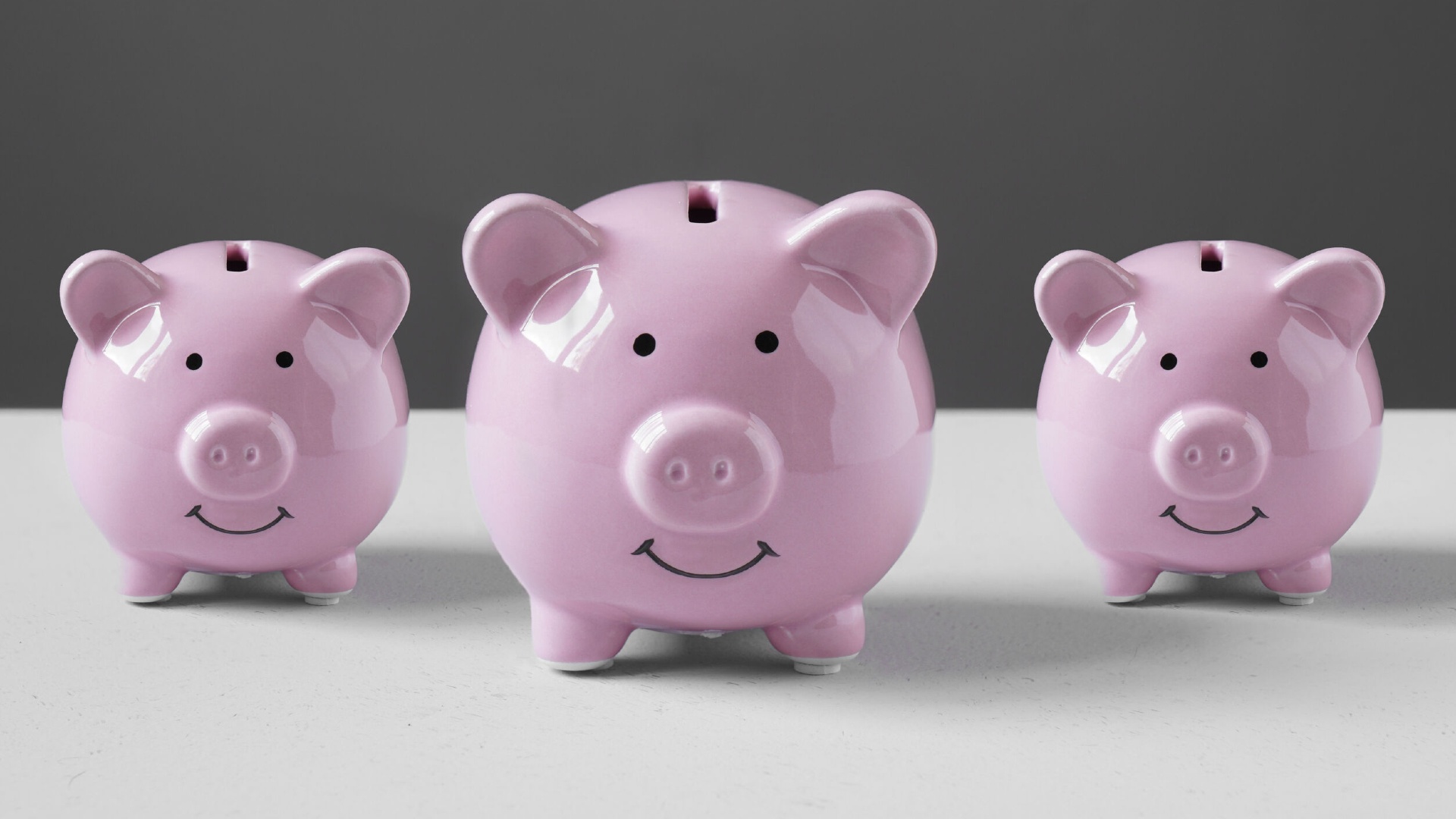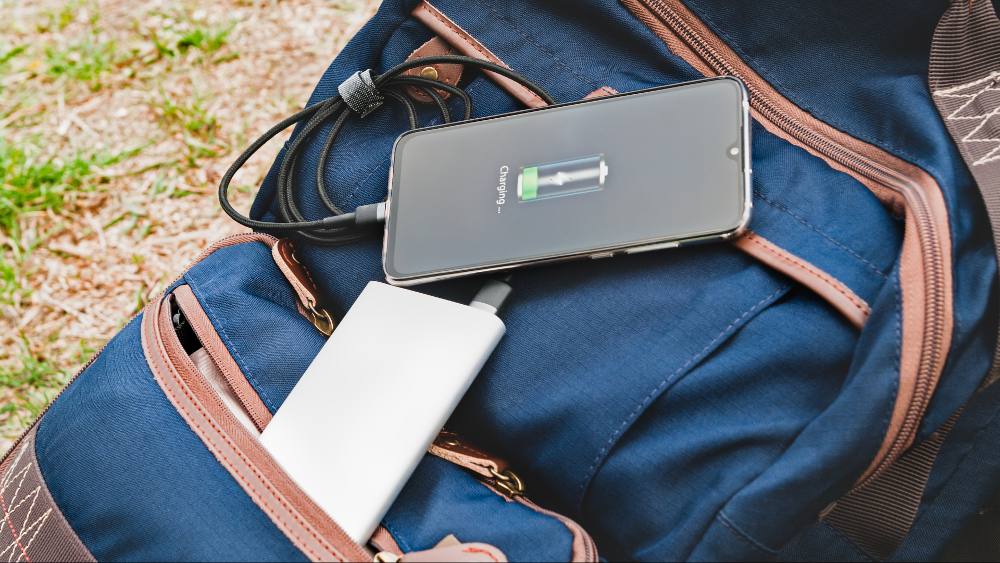These Tips Mean That You Will Never Buy Bad Seafood Again
1. Stay away from cracked or open shells
When choosing fresh shellfish such as oysters and mussels, never pick the ones with defective shells as this would mean that the contents inside have died and are more easily contaminated. You can also do a “tap test”: live clams, oysters and mussels close up when their shells are tapped. If they don’t, they are either dead or have been left out for very long.
2. Look for the “liquor”
If you are buying freshly shucked clams, oysters and mussels (or eating them fresh at a seaside restaurant or on a boat), the meat should be plump and covered in liquor. The liquor should not have a strong and bad odour, and it should be free of grit and look clear or just a little milky.
3. If your scallops smell sour…
Do not buy or eat them. Fresh scallops are highly perishable which is also why we usually find frozen ones in Singapore (hint: they are more affordable too!).
4. Crabs should move a little
If you are buying live ones, their legs should show movement. Why is this important? Crabs and also lobsters spoil very quickly once dead so that’s not something you’d want in your tummy. So the more active they are, the fresher they are. If you are eating a cooked one, the meat should be white with touches of red or brown and should not smell strange.
5. Check the crab’s belly and shell
Press the underside: if it feels firm and bulging, it’s a fleshy crustacean. Also, choose crabs with dull shells. This means that they are older and tend to be more well-fed or fleshy.
6. Look into the eyes of your sotong
Fresh whole squid have clear, full eyes. If its skin is torn and the meat feels limp, don’t buy it.
7. Prawns should have the right skin tone
Think translucent and shiny. Plus, they shouldn’t smell bad.
8. Study the packaging
Buying frozen seafood? If its package is torn or crushed, don’t take it. Also a no-no: packages with frost and ice crystals. They could have been stored a long time, thawed and then frozen again – the recipe for bacteria contamination.








/driving_into_malaysia_rectangle.jpg?sfvrsn=5e3330ea_1)


